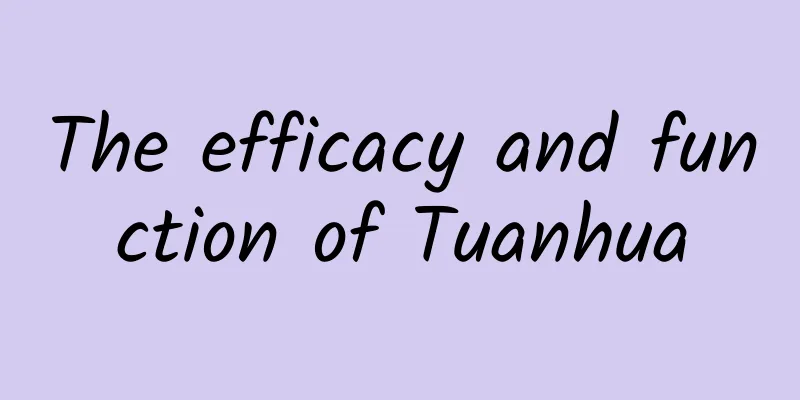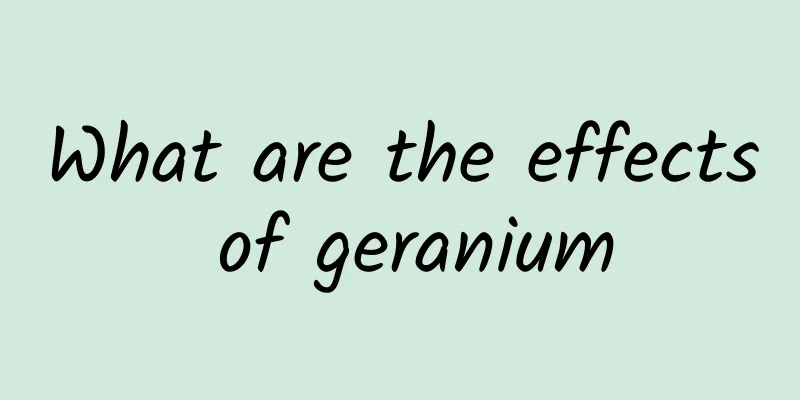The efficacy and function of Tuanhua

|
Tuanhua is a medicinal material that can treat many diseases. If consumed scientifically and healthily, it can bring great benefits to our physical health and disease treatment. Now let’s take a closer look at the effects and eating methods of the Tuanhua. 【Other name】 Yellow beam wood [Source] Medicinal material source: bark and leaves of the Rubiaceae plant. 【Original form】Large tree. The bark is brown and rough; the branches are spreading, slightly flattened when young, brown, and then gray. Leaves are opposite; petioles are 2-3m long and strong; stipules are large, lanceolate, born between petioles, and fall off early; leaf blades are elliptical or oblong-elliptical, 15-25cm long, 7-12cm wide, with short pointed tips, rounded or broad pointed bases, shiny above, glabrous or covered with dense short soft hairs below, leathery. The head inflorescence is terminal, single, spherical, 4-5cm in diameter; the peduncle is 2-4cm long; the bracts are stipule-shaped, without bracteoles; the flowers are small and yellow; the calyx is 5-lobed, and the calyx tube is smooth; the corolla is funnel-shaped, about 9mm long, glabrous, 5-lobed, and the lobes are lanceolate, 2.5mm long, with ridges on the back; there are 5 stamens, and the filaments are short; the ovary is inferior, and the stigma is fusiform. The fruit is spherical, 3.5-4cm in diameter, and yellow-green when ripe. Seeds numerous, ridged, with rough seed coat. [Habitat distribution] Ecological environment: Grown beside valley streams or under mixed woods. [Chemical composition] The bark contains bioalkalis: cadambine, 3α-dihydrocadambine, 3β-dihydro-cadambine, 3β-isodihydrocadarnbine and tetrahydro-β-carboline, as well as saponins with oleanolic acid and cadambagenic acid as aglycones. The leaves contain the following bioalkalis: cardambin, cinchonine and di-hydrocinchonine. 【Nature and flavor】 Bitter; Cold 【Functions and indications】 Clears away heat. Mainly used for persistent high fever, dizziness, headache, insomnia, neurodermatitis, and psoriasis [Usage and Dosage] For oral use: decoction, 10-15g; or make tea. For external use: Take appropriate amount and mash the fresh leaves for application. 【Excerpt】 Chinese Materia Medica Not only does the flower have many functions, but it can also be eaten in many ways in our lives, so it is loved by many people. |
<<: The efficacy and function of the dragon boat flower
>>: The efficacy and function of transparent grass
Recommend
Beware! Chronic fatigue syndrome may bring big trouble! Check to see if you are infected
Chronic fatigue syndrome (CFS) is a disease name ...
What are the effects and side effects of Ginkgo biloba leaves?
What are ginkgo leaves? I believe many people don...
The best meteor shower of the year is coming! When to watch it? Where to watch it? How to watch it?
Venus will be with the moon, Jupiter will be at o...
What are the effects and functions of agarwood?
Agarwood is actually a leguminous plant and is of...
Ahhh, it's winter already, why are there still so many mosquitoes recently? !
Recently, I wonder if friends in other parts of t...
[Popular Science of Chinese Military Technology] Why are helicopter engines so different from those of fixed-wing aircraft?
As we all know, the power of aircraft flight come...
The river turned orange and was weirdly sour. What happened to Alaska?
Hello everyone, this is the 11th issue of the Env...
The death of female mathematician Hypatia shows the contest between science and ignorance, light and darkness in history
In the thousands of years of human civilization, ...
Being deprived of physical strength, mental strength and even breathing, all because of this "traditional delicacy"
"...Okay, smile, smile at Pava, smile at the...
What is Chaoshan? Fresh and lively!
This is a place your tongue knows better than you...
What is the medicinal value of tung flowers?
I believe many of my friends don’t know about tun...
This discovery that changed the fate of mankind was the result of the hard work of many Nobel Prize winners.
Nuclear energy is a double-edged sword for mankin...
The efficacy and function of cinnabar fungus
In today's society, health preservation seems...







![The efficacy and function of wolfberry[picture]](/upload/images/67ca6f1b408de.webp)

